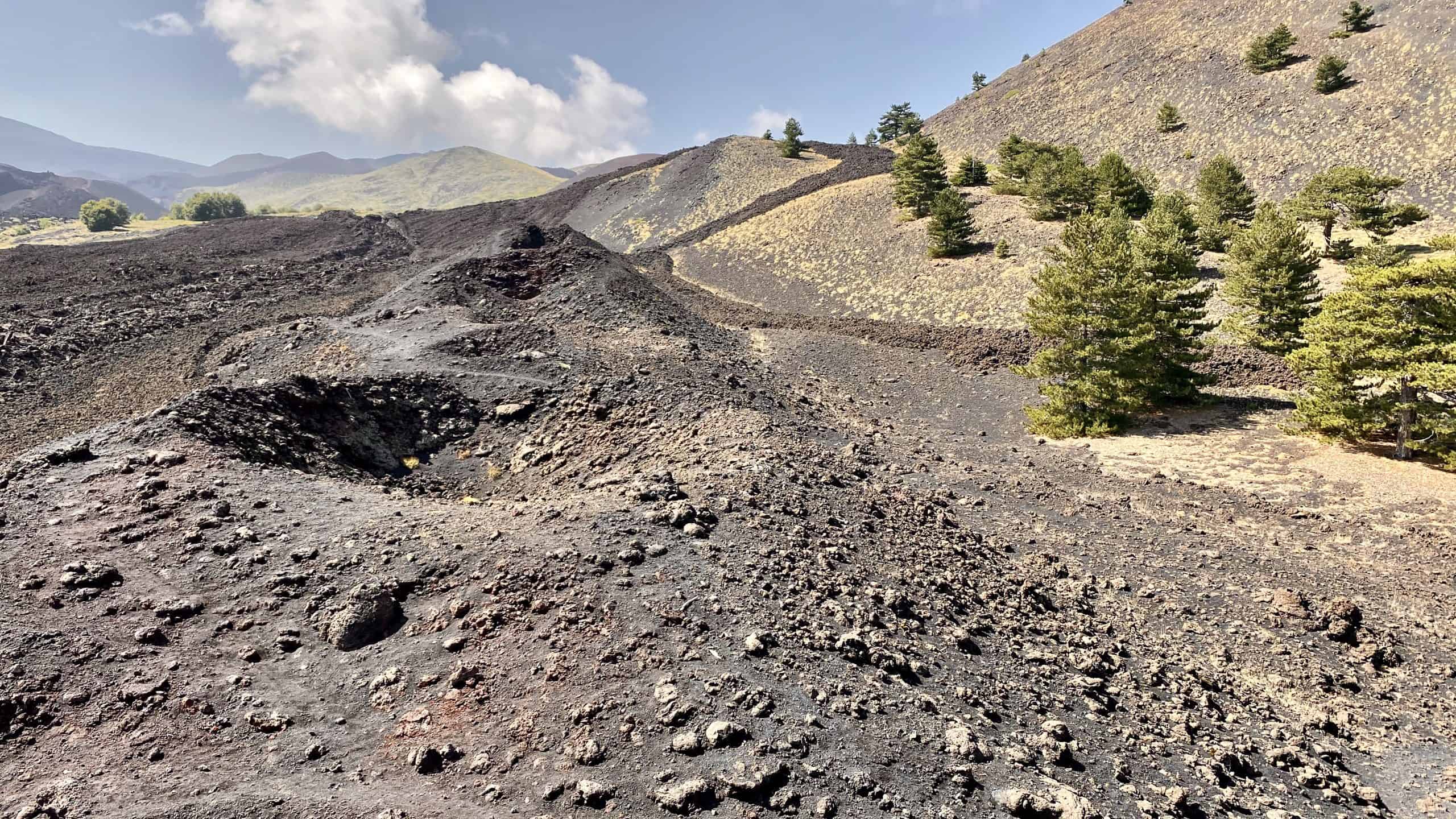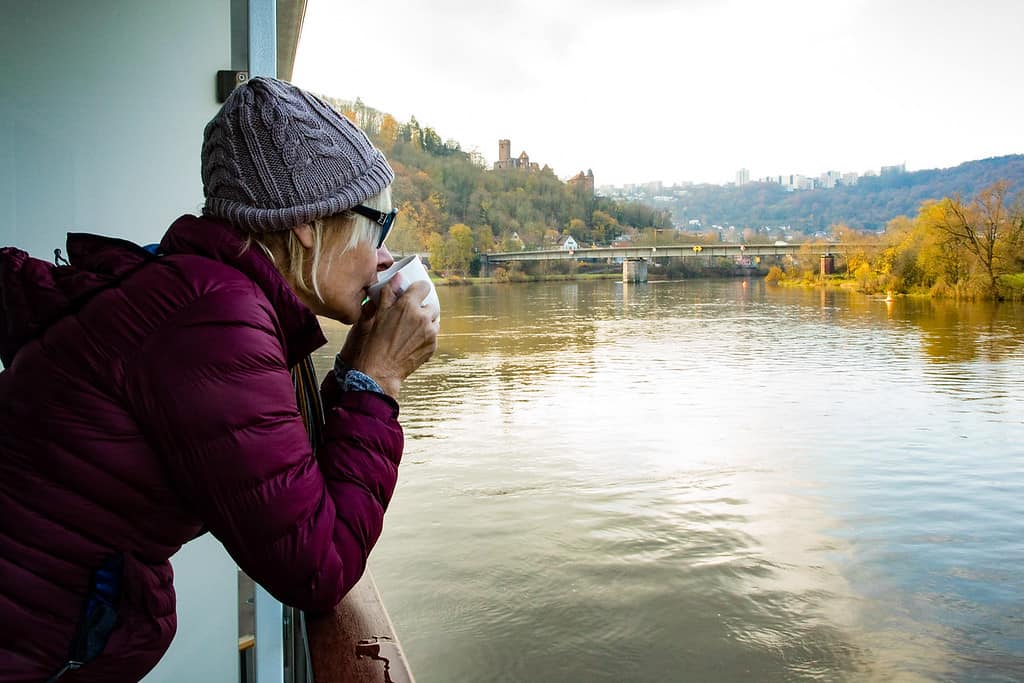Last Updated on April 13, 2022 by Sarah Wilson

Preface by Jonathan: During our visit to Munich we decided to visit the Dachau Concentration Camp Memorial. We feel that one of the most important purposes to travel is to educate yourself and bear witness to history.
Seeing places of state-sponsored genocide as the S21 Prison (formerly Chao Ponhea Yat High School) and the Killing Fields in the suburbs of Phnom Penh, Cambodia serve as a reminder of what happens when we scapegoat and dehumanize our fellow humans out of fear or for political purposes.
Seeing these indescribably cruel places is emotional to be sure, and honestly, takes away some of the short-term joy of being on holiday. However, the perspective gained and cautionary lessons learned, stick with you and, hopefully, make you a more balanced and compassionate human being.

Very Short History And Some Facts About Dachau Concentration Camp
On 20th March 1933, Heinrich Himmler, the SS commander and temporary Police chief in Munich, announced the establishment of the first concentration camp in Bavaria.
The camp was built on the site of the former “Royal Powder and Ammunition Factory Dachau” which was situated close to the small market town of Dachau during WW I.
On 22nd March 1933, just a few weeks after Adolf Hitler had been appointed Reich Chancellor, the first political prisoners arrived.

Theodor Eicke, second in command at the concentration camp, shaped the concentration camp Dachau into the “school of violence”.
The Dachau camp served as a model for all later concentration camps.
Later on, other groups of prisoners were detained- those on welfare, the homeless, beggars, homosexuals and Jehovah’s witnesses.
On 9th and 10th November 1938, almost 11,000 Jews were committed to the camp. In March 1939, prisoners from Czechoslovakia arrived. As World War II progressed, more and more prisoners from Poland, the Soviet Union, France, the Netherlands and other European countries arrived.
Many did not survive.
They became victims of the SS terror, died of starvation, were killed in accidents during forced Labor, perished in the harsh winters or succumbed to epidemics and diseases.

More than 206,000 registered inmates from more than thirty nations, passed through the Dachau concentration camp between 1933 to 1945.
More than 40,000 died.
On 29th April 1945, American troops liberated the survivors.
Dachau Concentration Camp Today
Those that died at Dachau’s concentration camp are commemorated today by the Dachau Concentration Camp Memorial Site. The museum and library were opened on 9th May 1965 on the twentieth anniversary of the camp’s liberation by American soldiers on 29th April 1945.
Entering The Dachau Concentration Camp Memorial Site

You enter the concentration camp through the guardhouse, where you’ll see the infamous motto “Arbeit Macht Frei” (Work will set you free) on the wrought-iron gate.
This door is actually a copy as unbelievably, the original door was stolen. The gate was later found in Norway and is now on display under glass in the museum.
Once you enter the camp, you’ll see the former maintenance building to your right. The camp’s kitchen, workshops, clothing department, and baths were all located in this building. In front of the maintenance building was the roll-call area, where prisoners were counted every morning and evening.
The Museum

In the former maintenance building, there’s an exhibition that explains the history of the camp from 1933 until 1965 when it became a memorial site.
The Bunker or Camp Prison
The bunker or camp prison also served as the torture centre. The double walls were used to suppress the sound of the prisoners’ screams.
After World War II, the U.S. Army continued to use the bunker as a prison. The Americans added the grille in the cell doors.

The Courtyard
During the Nazi era, the courtyard between the maintenance building and the bunkers was used for whippings, pole hangings, and executions.
The Barracks

Most prisoners lived in the camp’s barracks which were arranged in two rows along the camp road.
After serving as refugee housing after World War II, the original barracks were torn down in 1964.
One building has been reconstructed to show what life was like in the barracks during three different periods: 1933-1938, 1938-1944, and 1944-1945.
Sanitation would have been adequate in 1933, as the barracks were built to accommodate 200 prisoners each. However, by the end of the war, each building held up to 2,000 inmates. Many prisoners died of diseases and epidemics.
Medical Experiments
Many hundreds of prisoners died in cruel medical experiments that took place at Dachau Camp, under the command of Sigmund Rascher.
These included hypothermia experiments and high altitude experiments — many of the original records that documented these tests were later destroyed to conceal the atrocities.
The Crematorium

There are two crematoriums at Dachau Concentration Camp. The second and larger one, known as Barak X, was built in 1942-1943.
Just behind the crematorium was an execution place where Gestapo prisoners and Russian prisoners of war were shot.

Both crematory buildings lie just outside the perimeter fence of the camp. The ovens in the crematoriums were coal-fired. Although Barack X had a gas chamber, there are many conflicting reports as to whether mass extermination took place here. The sign that initially said none happened here has been removed.
By autumn of 1944, the capacity of the furnaces for cremating the many dead from the camp was not enough. When the Americans liberated the camp in late April 1945, images of the countless bodies around the concentration camp, illustrated the evilness of the Nazi persecution and its extermination policy.

Opening Hours For Dachau Concentration Camp Memorial Site
Open daily from 9:00 am to 5:00 pm.
The memorial site is closed on 24th December.
How Much Does It Cost To Visit Dachau Concentration Camp Memorial Site
Entrance to the memorial site is free.
However, we do recommend taking one of the guided tours which you can book at the Information Desk. Tours cost 3,50€ and are limited to a maximum of 30 in each group.
English speaking tours run daily at 11 am and 1 pm. There’s an extra one at 12:15 pm on weekends during the summer months. The tours take around two and a half hours.
How To Get To Dachau Concentration Camp Memorial Site from Munich

Coming from Munich, the easiest way to get to Dachau Concentration Camp Memorial Site is by public transport. Take the S2 train from Munich towards Dachau/Petershausen until you reach the Dachau station. The train ride from Hauptbahnhof (Main Station)takes around 25 minutes.
From Dachau train station, take bus 726 towards “Saubachsiedlung” to the entrance of the memorial site (“KZ-Gedenkstätte”). The bus stop is right outside the train station; you can’t miss it. The bus fare is included in the price of your train ticket.
If you are using the S-Bahn from Munich, it is best to buy a Munich XXL day ticket. If there’s more than one of you, take the group ticket option. The group ticket covers up to five people. For up to date ticket prices, check here.
For those arriving by car, limited parking is available.
If you would rather book a tour that includes transfers from Munich, then take a look at these.







